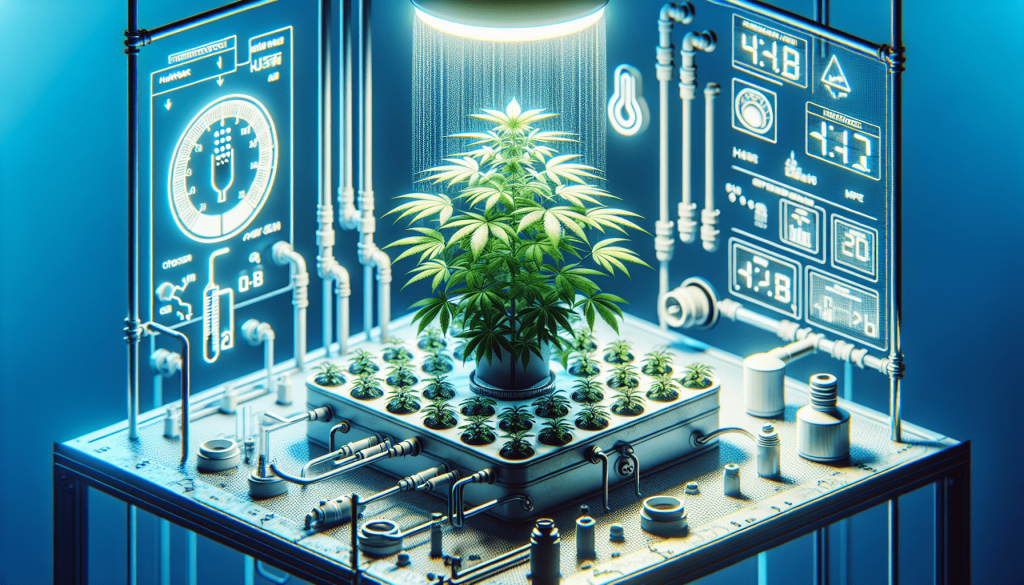
If you want to maximize the productivity and success of your hydroponic growing system, maintaining the ideal temperature and humidity levels is crucial. In this article, we will explore the importance of achieving optimal conditions for your plants and the potential negative effects of neglecting this aspect. We will also discuss practical tips and strategies to help you create a comfortable environment for your hydroponic setup, ensuring your plants thrive and flourish. So, whether you are a seasoned grower or just starting out, join us as we uncover the secrets to achieving optimal temperature and humidity levels in your hydroponic growing system.
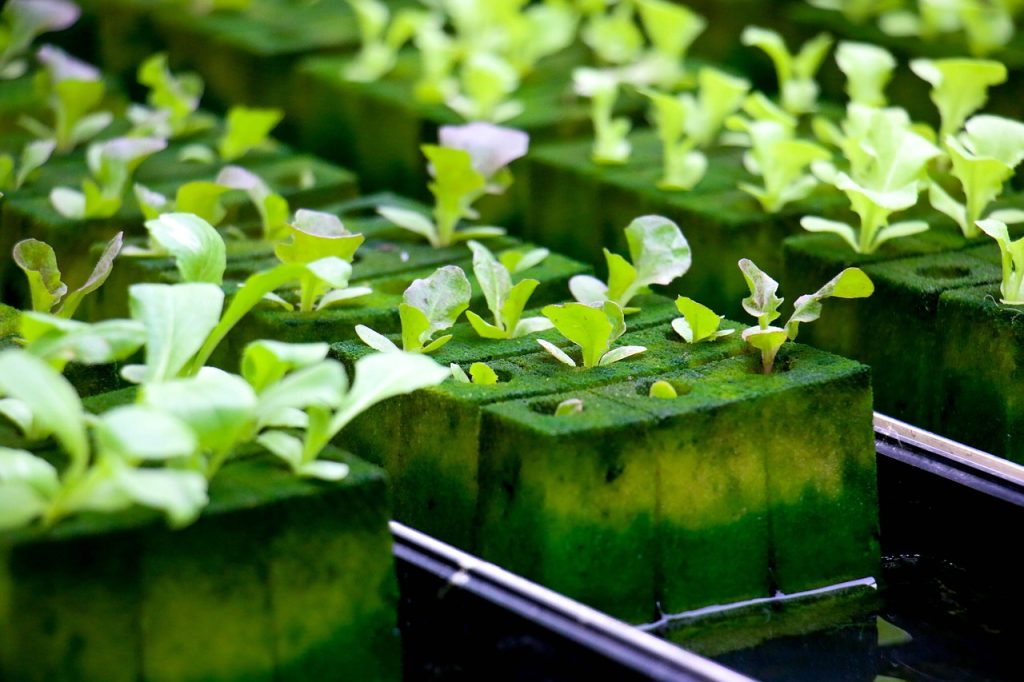
Understanding the Importance of Temperature and Humidity in Hydroponic Growing
Hydroponic growing, a method of cultivating plants without soil, offers numerous benefits for growers. By controlling the growing environment, hydroponics allows for more efficient and productive plant growth. Two critical factors that significantly impact plant development in hydroponic systems are temperature and humidity.
How temperature and humidity affect plant growth
Temperature plays a vital role in shaping a plant’s growth. Optimal temperature ranges ensure that plants can efficiently carry out essential physiological processes, such as photosynthesis, nutrient absorption, and enzyme activity. Temperature influences nutrient availability and uptake, affecting plant metabolism and overall health.
Humidity, on the other hand, refers to the amount of moisture in the air. Adequate humidity levels are crucial for plants to transpire effectively and absorb nutrients. It affects the rate of evaporation from plant surfaces, water uptake through the roots, and the efficiency of nutrient absorption. Maintaining proper humidity levels is essential for healthy plant growth and preventing common issues such as wilting or nutrient deficiencies.
Why maintaining optimal levels is crucial for hydroponic systems
In hydroponic systems, where plants are grown in a controlled environment, maintaining optimal temperature and humidity levels is even more critical. Unlike traditional soil-based cultivation, hydroponics does not provide plants with the natural buffering properties of soil, making it more susceptible to temperature and humidity fluctuations.
An imbalance in temperature and humidity can lead to various problems, including stunted growth, nutrient imbalances, disease susceptibility, wilting, and even plant death. To ensure maximum productivity and plant health, it is crucial to focus on maintaining the ideal temperature and humidity ranges for your specific plants throughout their growth stages.
Optimal Temperature Range for Hydroponic Growing
The ideal temperature range for different types of plants in hydroponics
Just as different plants have distinct nutrient requirements, they also thrive within specific temperature ranges. While it is essential to consider the needs of individual plant species, a general guideline for most hydroponic crops is a temperature range of 68°F to 75°F (20°C to 24°C) during the day and slightly cooler temperatures of 62°F to 68°F (16°C to 20°C) during the night.
Effects of temperature on plant growth
Temperature affects plant growth in various ways. High temperatures can accelerate plant growth but may also lead to increased water and nutrient requirements, hastened transpiration, and reduced overall plant health. Conversely, low temperatures can slow down or inhibit growth, limit nutrient uptake, and increase the risk of diseases.
Tips for maintaining the optimal temperature in a hydroponic system
To maintain the ideal temperature range in your hydroponic system, consider the following tips:
- Insulate your setup: Proper insulation can help regulate temperatures by minimizing external influences and maintaining stable conditions.
- Choose the right location: Select a location that receives appropriate natural light and provides good air circulation, avoiding areas prone to extreme temperature fluctuations.
- Ventilation and airflow: Ensure adequate ventilation and airflow within your growing area to prevent heat buildup and maintain a consistent temperature.
- Manage lighting and heat-emitting equipment: LED lights, grow lamps, and other heat-emitting equipment can significantly impact the temperature in your hydroponic system. Monitor and regulate their usage to maintain optimal conditions.
Optimal Humidity Range for Hydroponic Growing
The importance of humidity in hydroponic systems
Humidity is a critical factor for plant growth in hydroponic systems. Proper humidity levels help balance the transpiration rate, nutrient absorption, and overall plant health. Insufficient humidity can lead to wilting, nutrient deficiencies, and reduced growth, while excess humidity can create a favorable environment for diseases, molds, and pests.
Ideal humidity levels for different stages of plant growth
Humidity requirements vary depending on the stage of plant growth. In general, the vegetative stage requires higher humidity levels (around 60% to 70%), while the flowering or fruiting stage benefits from slightly lower humidity (around 40% to 60%). Proper humidity levels during each stage ensure optimal nutrient absorption, photosynthesis, and healthy plant development.
The effects of high and low humidity on plants
High humidity can create conditions for mold and fungal growth, which can damage plant leaves, stems, and roots. It also limits the plant’s ability to transpire and release excess moisture. Conversely, low humidity can cause wilting, hinder nutrient absorption, impair photosynthesis, and increase the risk of pest infestations.
Methods to control and maintain humidity in a hydroponic setup
To manage humidity levels effectively in your hydroponic setup, consider the following methods:
- Misting systems: Misting systems provide periodic bursts of ultra-fine water droplets, increasing humidity levels without overwatering the plants.
- Humidifiers: Humidifiers are effective for maintaining consistent humidity levels, especially in dry climates or indoor growing environments.
- Air exchange and ventilation: Proper air exchange and ventilation help remove excess moisture and maintain optimal humidity levels.
- Drip systems and drainage: Proper water management, including efficient drainage systems and drip irrigation, prevents excessive moisture buildup and aids in maintaining balanced humidity.
Controlling Temperature in Your Hydroponic System
Choosing the right location for your hydroponic setup
Selecting the right location for your hydroponic setup is crucial for maintaining optimal temperature levels. Consider factors such as ambient temperature, proximity to windows or ventilation, and exposure to direct sunlight. Avoid placing the system near heat sources, such as radiators or hot appliances.
Insulation techniques to regulate temperature
Proper insulation helps regulate temperature fluctuations in your hydroponic system. Consider using reflective materials or insulating panels to minimize heat loss or gain. Insulating materials can be placed around the grow area, including insulation boards for walls and reflective films for light fixtures.
Using ventilation and air circulation to control temperature
Good air circulation is essential for temperature control in a hydroponic setup. Optimal airflow helps prevent heat buildup and ensures the even distribution of temperature throughout the growing area. Use fans, vents, and ducts to create adequate ventilation and promote air movement.
The role of lighting and heat-emitting equipment in temperature management
Lighting and heat-emitting equipment, such as grow lights and pumps, can significantly impact the temperature within your hydroponic system. LED lights produce less heat compared to traditional lighting systems, making them an energy-efficient option. Monitoring and properly spacing heat-emitting equipment can help mitigate temperature fluctuations.
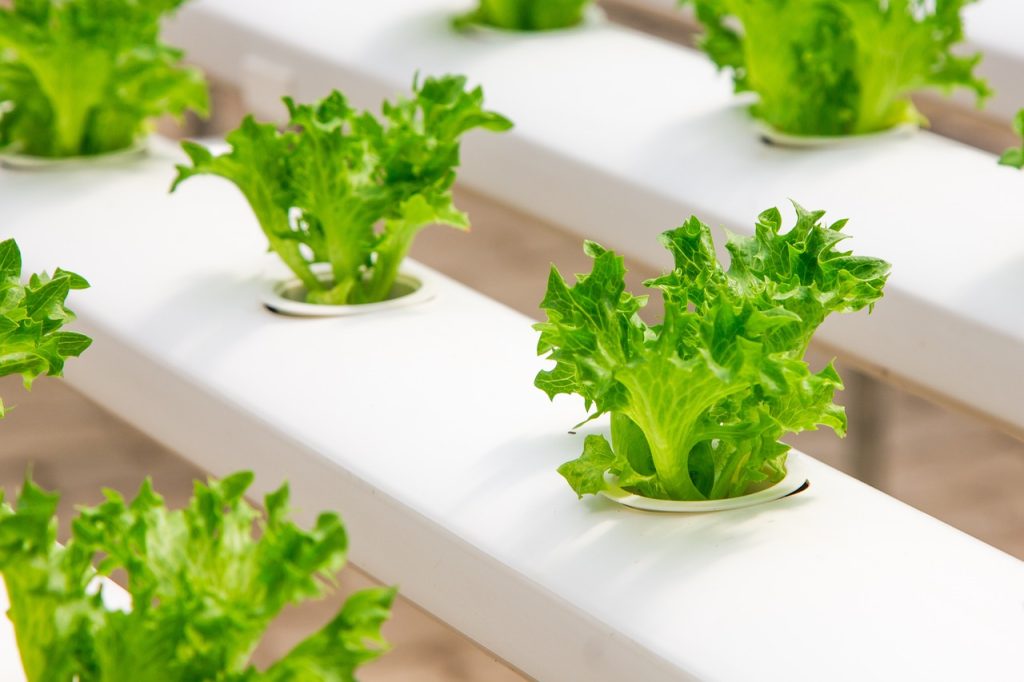
Maintaining Humidity in Your Hydroponic System
Understanding humidity sources and factors influencing it
Humidity in a hydroponic system is influenced by various factors, including the water source, the growing medium, and environmental conditions. The water source used for irrigation affects the initial humidity levels, as does the water content of the growing medium. Environmental factors, such as temperature and ventilation, also impact humidity within the system.
Utilizing hygrometers for accurate humidity monitoring
Hygrometers are essential tools for accurately monitoring humidity levels in your hydroponic system. These devices measure the amount of moisture present in the air and help ensure that humidity remains within the optimal range. Regularly calibrate and maintain your hygrometers to ensure accuracy.
Humidity control methods such as misting systems and humidifiers
Misting systems and humidifiers are effective tools for controlling and maintaining humidity levels in a hydroponic setup. Misting systems emit fine mist droplets at regular intervals, increasing humidity without causing excess moisture. Humidifiers release moisture into the air, ensuring consistent humidity levels, especially in dry climates or indoor growing environments.
Preventing excessive humidity and condensation issues
Excessive humidity can lead to condensation issues within your hydroponic system, promoting the growth of molds and fungi. To prevent these problems, ensure adequate air exchange and ventilation. Regularly inspect the system for any leaks or areas of excess moisture and repair them promptly. Proper drainage and water management also help prevent excessive humidity buildup.
Avoiding Common Challenges with Temperature and Humidity
Identifying and troubleshooting temperature-related issues in hydroponics
Temperature-related challenges can arise in hydroponic systems, leading to various issues. Signs of temperature-related problems include stunted growth, nutrient deficiencies, discoloration, or wilting of plant leaves. Monitor your plants regularly, and if any issues arise, take immediate action to identify and rectify the problem.
Managing humidity-related challenges and avoiding plant diseases
Humidity-related challenges can also pose risks to plant health in hydroponic systems. Excessive humidity can lead to the development of plant diseases, molds, and fungal growth. Preventative measures, such as maintaining proper ventilation, managing water levels, and practicing good hygiene, can help minimize the risk of these challenges.
Addressing mold and fungal growth in high humidity conditions
Mold and fungal growth can pose significant threats to plant health in high humidity conditions. To address these issues, implement preventive measures like proper airflow, regular inspections to detect early signs of mold or fungal growth, and promptly remove any affected areas. Additionally, maintaining proper sanitation practices within your hydroponic setup is crucial to prevent the spread of mold and fungi.
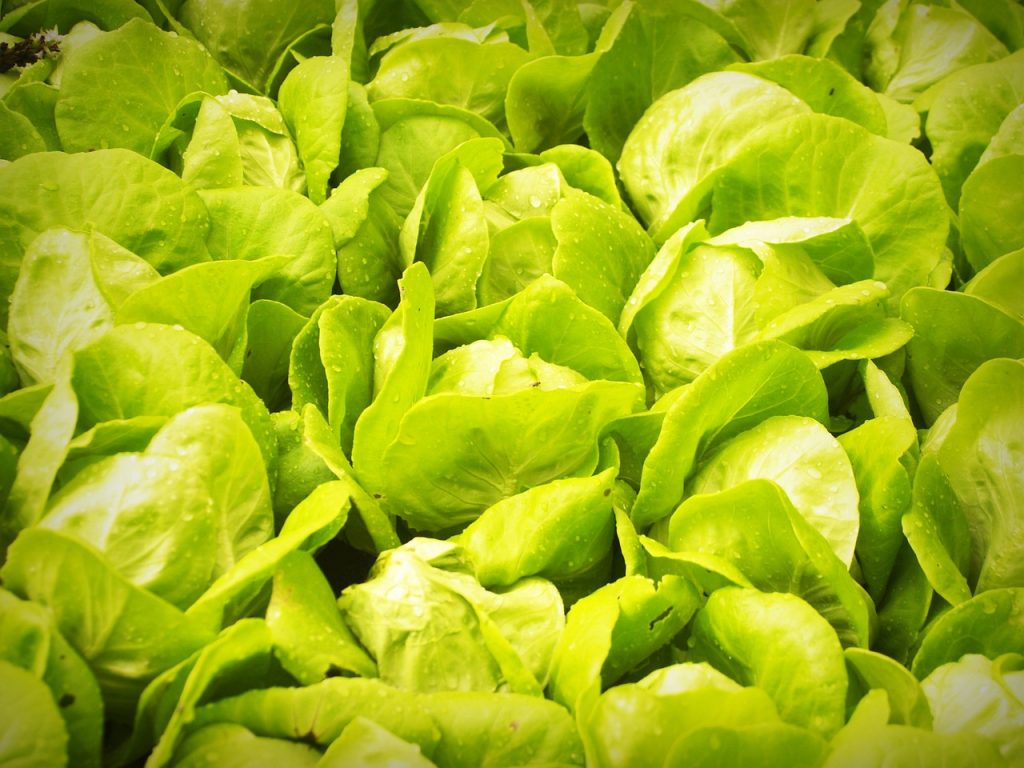
The Role of Climate Control Systems in Hydroponics
Introduction to climate control systems for hydroponic setups
Climate control systems play a crucial role in maintaining the optimal growing conditions for hydroponic plants. These systems regulate temperature, humidity, and other environmental factors to create a controlled and stable environment for plant growth. Investing in a climate control system can help optimize productivity, prevent diseases, and ensure healthy plant development.
Types of climate control equipment available
Various types of climate control equipment are available for hydroponic setups. These include temperature and humidity controllers, ventilation systems, air conditioners, dehumidifiers, and automatic shading systems. The choice of equipment depends on factors such as the size of the growing area, specific plant requirements, and budget.
Automated climate control systems and their benefits
Automated climate control systems offer numerous benefits for hydroponic growers. These systems utilize sensors and programmable controllers to monitor and adjust temperature, humidity, and other environmental factors automatically. By maintaining optimal conditions, automated climate control systems optimize plant growth, reduce energy consumption, and provide peace of mind for growers.
Considerations for choosing the right climate control system
When choosing a climate control system for your hydroponic setup, consider factors such as the size of your growing area, specific plant requirements, and your budget. Research different systems and seek guidance from experienced growers or professionals to ensure you select the most suitable system for your needs.
Best Practices for Temperature and Humidity Monitoring
Using data loggers for continuous monitoring
Data loggers are invaluable tools for continuously monitoring temperature and humidity levels in your hydroponic system. These devices record and store data over time, allowing you to analyze trends and make informed adjustments. Regularly review and analyze the data to identify any patterns or potential issues that may require attention.
Establishing optimal temperature and humidity ranges for your specific plants
To establish the optimal temperature and humidity ranges for your specific plants, refer to reputable sources or consult experts in hydroponic cultivation. Factors such as plant species, growth stage, and external environmental conditions need to be considered when determining the ideal ranges. Regularly monitor and adjust conditions based on your observations and the needs of your plants.
Regular maintenance and calibration of monitoring equipment
Regular maintenance and calibration of monitoring equipment are essential for accurate readings. Clean and calibrate your hygrometers and temperature monitors regularly to ensure they provide reliable data. Additionally, inspect and maintain any automated climate control systems or equipment according to the manufacturer’s guidelines to ensure their optimal performance.
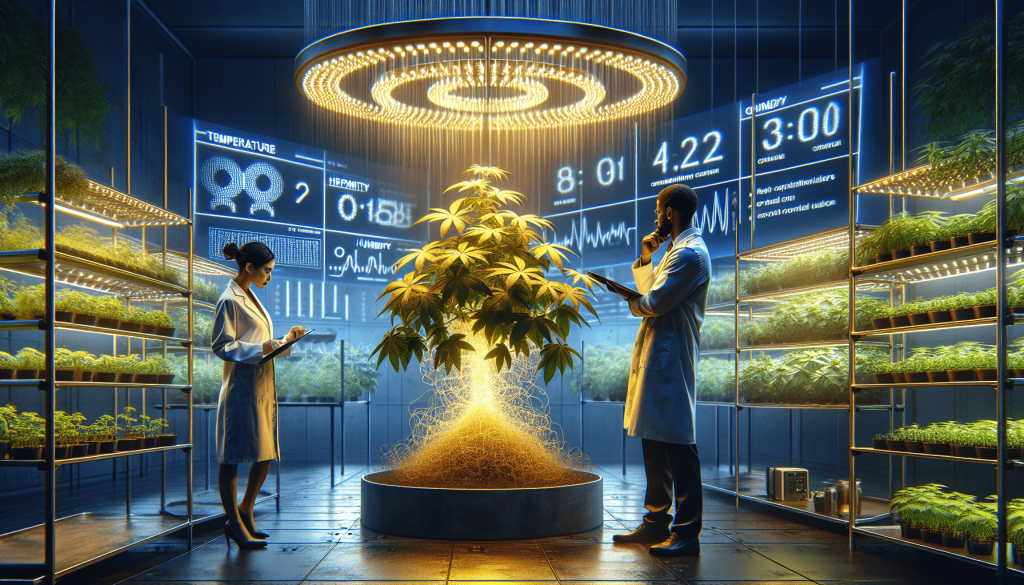
Adapting to Seasonal Changes and Environmental Factors
Adjusting temperature and humidity based on seasonal variations
Seasonal changes can affect temperature and humidity levels in hydroponic systems. Monitor and adapt your temperature and humidity settings to accommodate these variations. As outdoor temperatures change, adjust ventilation, insulation, and climate control settings accordingly to maintain the optimal conditions for your plants.
Dealing with extreme weather conditions and their impact on plant growth
Extreme weather conditions, such as heatwaves or cold snaps, can have a significant impact on plant growth in hydroponic systems. Implement measures to protect your plants from extreme temperatures, such as shading systems, additional insulation, or temporary relocation of sensitive plants. Regularly monitor the weather forecast and be prepared to make adjustments as necessary.
Preparing backup systems to handle power outages or equipment failures
Power outages or equipment failures can disrupt the climate control in your hydroponic system, posing risks to plant health. Prepare backup power supplies, such as generators or uninterruptible power supply (UPS) systems, to ensure uninterrupted operation during power outages. Regularly maintain and inspect equipment to minimize the risk of failures.
Conclusion
Optimizing temperature and humidity levels in your hydroponic system is crucial for achieving healthy and productive plant growth. By understanding the effects of temperature and humidity on plants, implementing appropriate control methods, and using reliable monitoring equipment, you can create an environment that promotes optimal growth and minimizes potential issues. Remember to adapt to seasonal changes, address challenges promptly, and consider investing in a climate control system for enhanced control and efficiency. By prioritizing temperature and humidity management, you can maximize the success of your hydroponic growing system and enjoy the benefits of a thriving and bountiful harvest.
